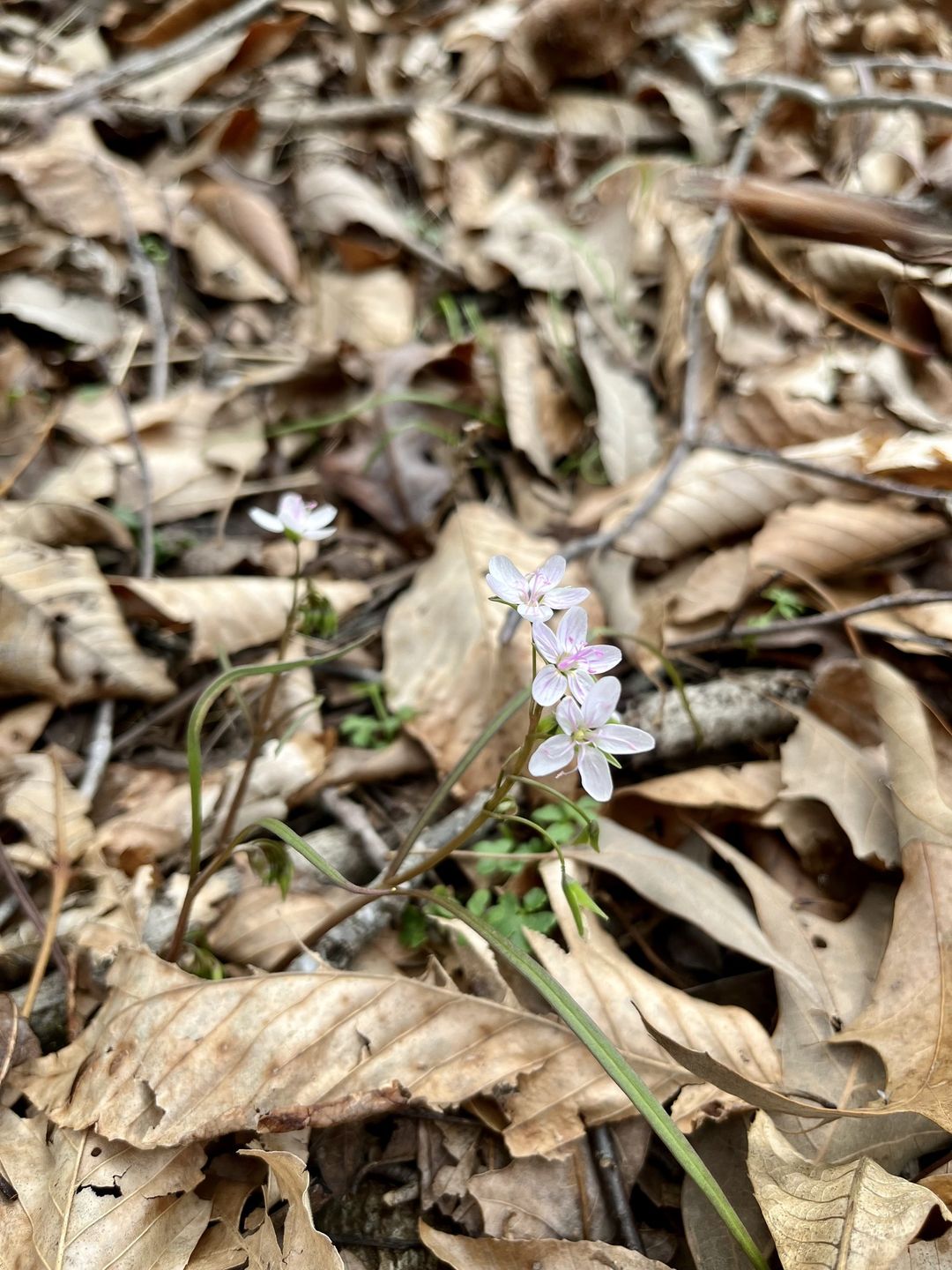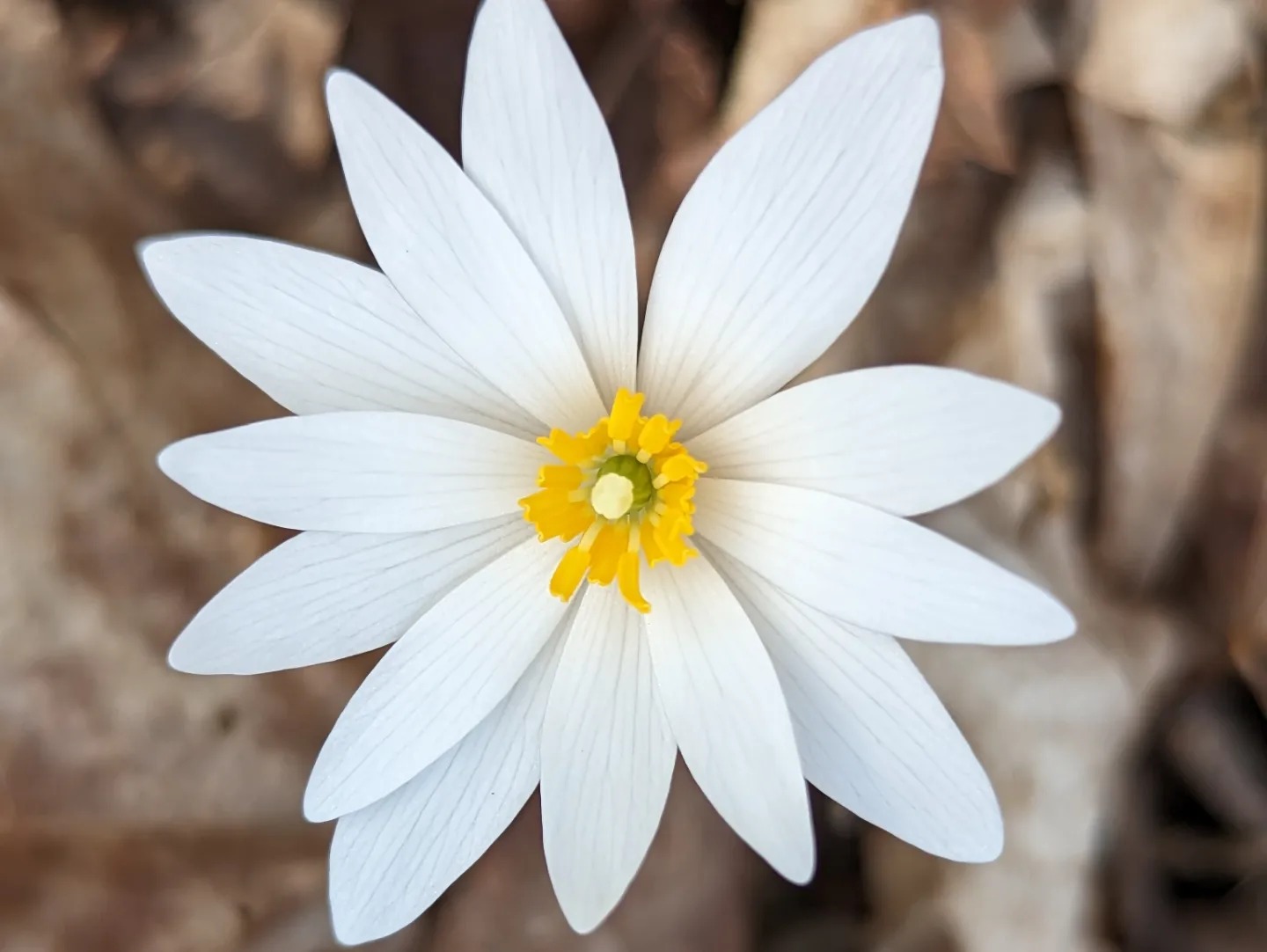Shelby Lyn Sanders
Take an inventory of life on a summer walk in a (possible) Harriman park
![Foothills Land Conservancy Harriman tract]() This is one of the views from a 1,000-acre tract of undeveloped land in Harriman. The Foothills Land Conservancy hopes to acquire and transfer the land to the city of Harriman. Foothills Land Conservancy
This is one of the views from a 1,000-acre tract of undeveloped land in Harriman. The Foothills Land Conservancy hopes to acquire and transfer the land to the city of Harriman. Foothills Land Conservancy
Harriman tract eyed for preservation as city park boasts both biodiversity and beautiful views; biological survey set to document life
A hidden prairie treasure comes to light in East Tennessee
 Whorled rosinweed is among the many types of native grassland plants that emerged from a clearcut. The property in Meigs County near Georgetown is now protected in part by the Foothills Land Conservancy. Shelby Lyn Sanders
Whorled rosinweed is among the many types of native grassland plants that emerged from a clearcut. The property in Meigs County near Georgetown is now protected in part by the Foothills Land Conservancy. Shelby Lyn Sanders
FLC biologist makes an unexpected discovery in Georgetown, Tenn.
Shelby Lyn Sanders is director of natural resources for the Blount County-based Foothills Land Conservancy.
GEORGETOWN — What started as a simple search for a peaceful retreat turned into an extraordinary ecological discovery.
When Mr. Owen purchased his land near Georgetown, he was looking for a place to hunt, hike and escape city life. Little did he know he’d become the guardian of one of Tennessee’s rare prairie gems.
The property’s true identity emerged when the Foothills Land Conservancy’s director of natural resources (the author of this piece) spotted something remarkable during her first visit — prairie dock, a telltale sign of native grassland heritage. This wasn’t just any piece of land; it was a lost prairie awakening from decades of forest cover, less than a half mile from the historic Gunstocker Glade along Highway 58.
The timing was perfect. A 2022 clearcut had inadvertently liberated this sleeping prairie, allowing it to breathe and bloom for the first time in generations. By its second year, the land burst into life, revealing an astonishing diversity that had laid dormant for years.
 Here’s an aerial view of the Owen property in Meigs County northeast of Chattanooga on the eastern Cumberland Plateau escarpment. Native prairie plants emerged from the site of a clearcut, yielding a surprisingly vital piece of prairie. Shelby Lyn Sanders
Here’s an aerial view of the Owen property in Meigs County northeast of Chattanooga on the eastern Cumberland Plateau escarpment. Native prairie plants emerged from the site of a clearcut, yielding a surprisingly vital piece of prairie. Shelby Lyn Sanders
Foothills Land Conservancy commits more land to memory

Generations have crisscrossed the expansive pastures near Cane Creek in Anderson County
Harbingers of spring emerge. Keep faith in the wildflowers.
 Virginia beauty (Claytonia virginica) blooming in the woods reminds us winter is spinning away. Shelby Lyn Sanders
Virginia beauty (Claytonia virginica) blooming in the woods reminds us winter is spinning away. Shelby Lyn Sanders
First probing plants and flowers are a sign that winter always ends
There are few who would count winter as their favored time of year, and it is true that one must look harder to find the beauty in a landscape that by all accounts appears forlorn and void of life. But with about a month until the calendar tells us that it is officially spring, winter’s grip is yielding to renewal. It is a time of year that quickens the heartbeat of every naturalist.
The calls of golden-crowned kinglets begin to intermingle with those of the spring peepers, a frog so tiny that it is hard to imagine them capable of such emphatic emissions of sound, and last year’s marcescent American beech leaves preside over persistent, unfurling green lives that would be missed were it not for a careful eye and a curious heart.
The wait has been long, but worth it. With the first sighting of a blooming Virginia spring beauty, the ephemeral wildflower season begins, marking the start of another growing season, another months-long love story spent in awe of nature until the last asters of fall have gone to seed.
For every thing there is a season, and for lovers of the wild, that season is all of them.
 A bloodroot (Sangiuinaria canadensis) bloom is seen here in Norris Dam State Park on Feb. 19. John Johnson
A bloodroot (Sangiuinaria canadensis) bloom is seen here in Norris Dam State Park on Feb. 19. John Johnson
Latest Foothills Land Conservancy easement preserves history, farm and forest

Jefferson County views and values protected with Foothills Land Conservancy easement
Shelby Lyn Sanders is a field biologist with Foothills Land Conservancy.
JEFFERSON CITY — Can you see the Sleeping Lady?
We are standing on the back porch of the historic Isaac McBee House, built in 1850, and I follow Jack Kramer’s gaze across the back lawn, over McBee Island flanked by the cold March waters of the Holston River, and to the mountains in the distance.
“She’s easier to see this time of year,” he says, because those distant hills are unobscured by the foliage of trees still nakedly waiting for spring. Indeed, I can see her — she lies with her head to the west and her toes stretched out to the east, the hills forming the rise and fall of her body.
